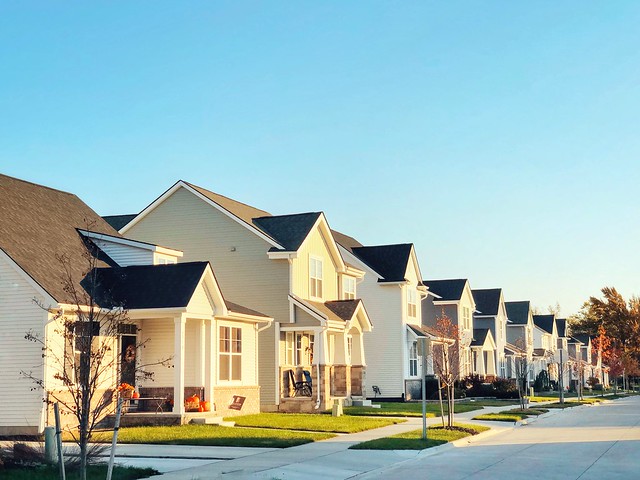By now, anyone interested in buying a house knows home prices have been rising. Climbing prices have been a factor for home buyers for years, and especially over the past 12 months. But while home prices have risen, that doesn’t necessarily mean you can’t find a home that’s affordable. It might actually be more possible than you think. For example, according to the National Association of Home Builders’ most recent Housing Opportunity Index – which measures how affordable buying a home is for families earning the U.S. median income – 56.6 percent of homes sold between the beginning of July and the end of September were considered affordable. That’s the good news. The bad news is affordability is at a lower level than it’s been in recent years. And, according to NAHB chairman, Chuck Fowke, the challenges home builders are facing have made it difficult to build the new homes that could help provide more affordable options for buyers. “Persistent building material supply chain bottlenecks and tariffs on Canadian lumber and Chinese steel and aluminum continue to place upward pressure on construction costs and home prices,†Fowke said. “Policymakers must fix supply chain vulnerabilities that are disrupting and delaying construction projects and hurting housing affordability.†(source)













